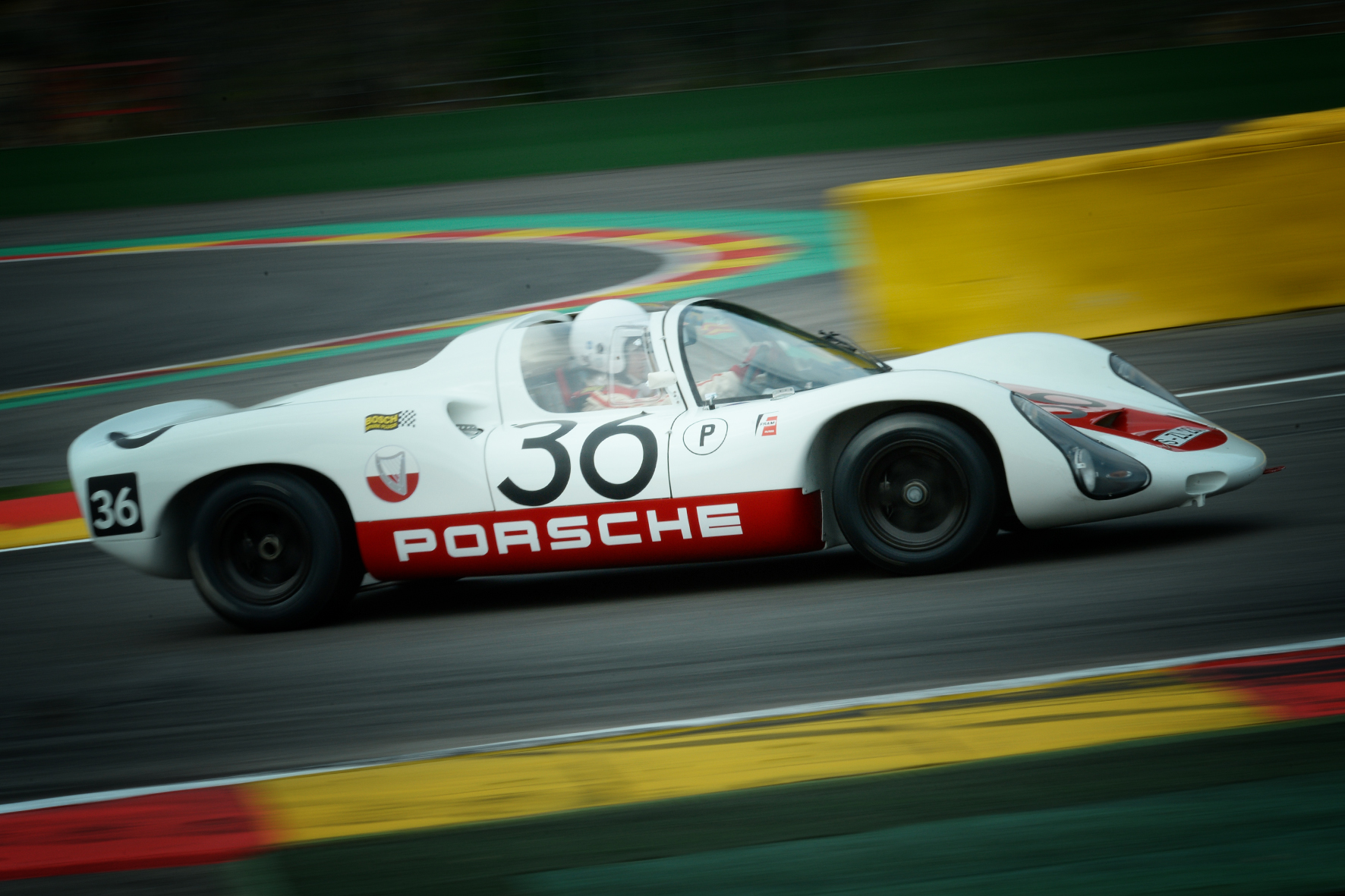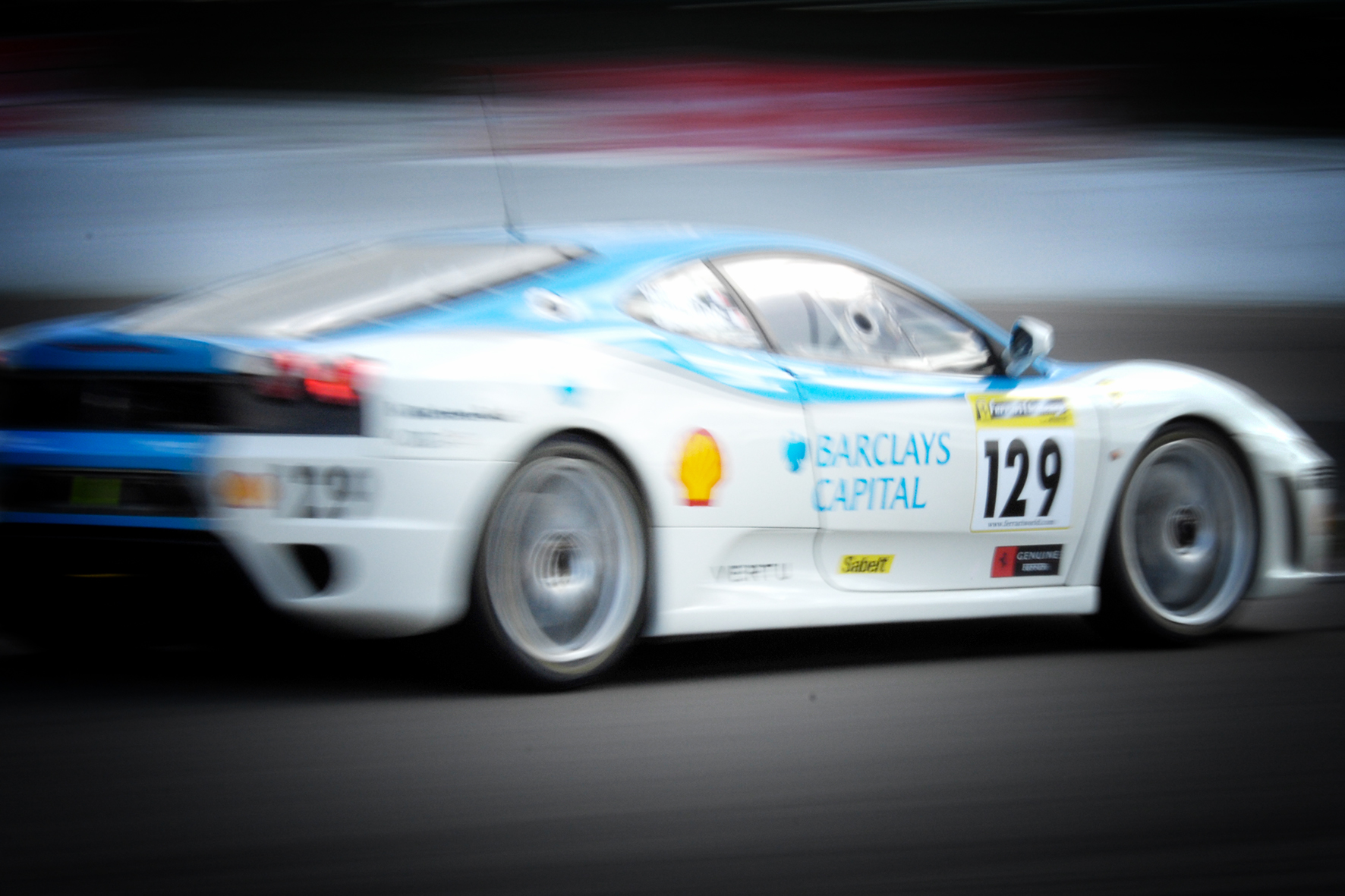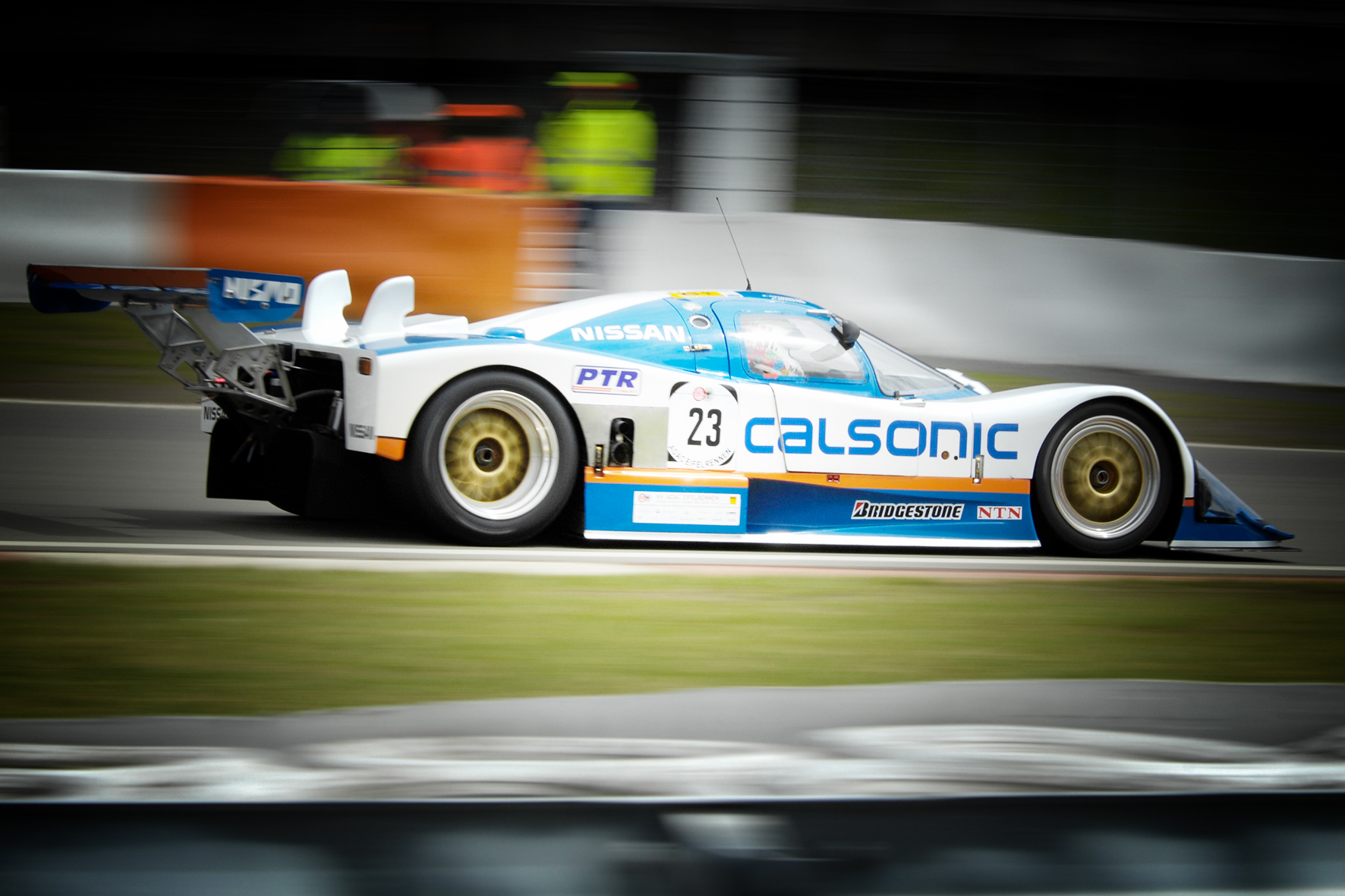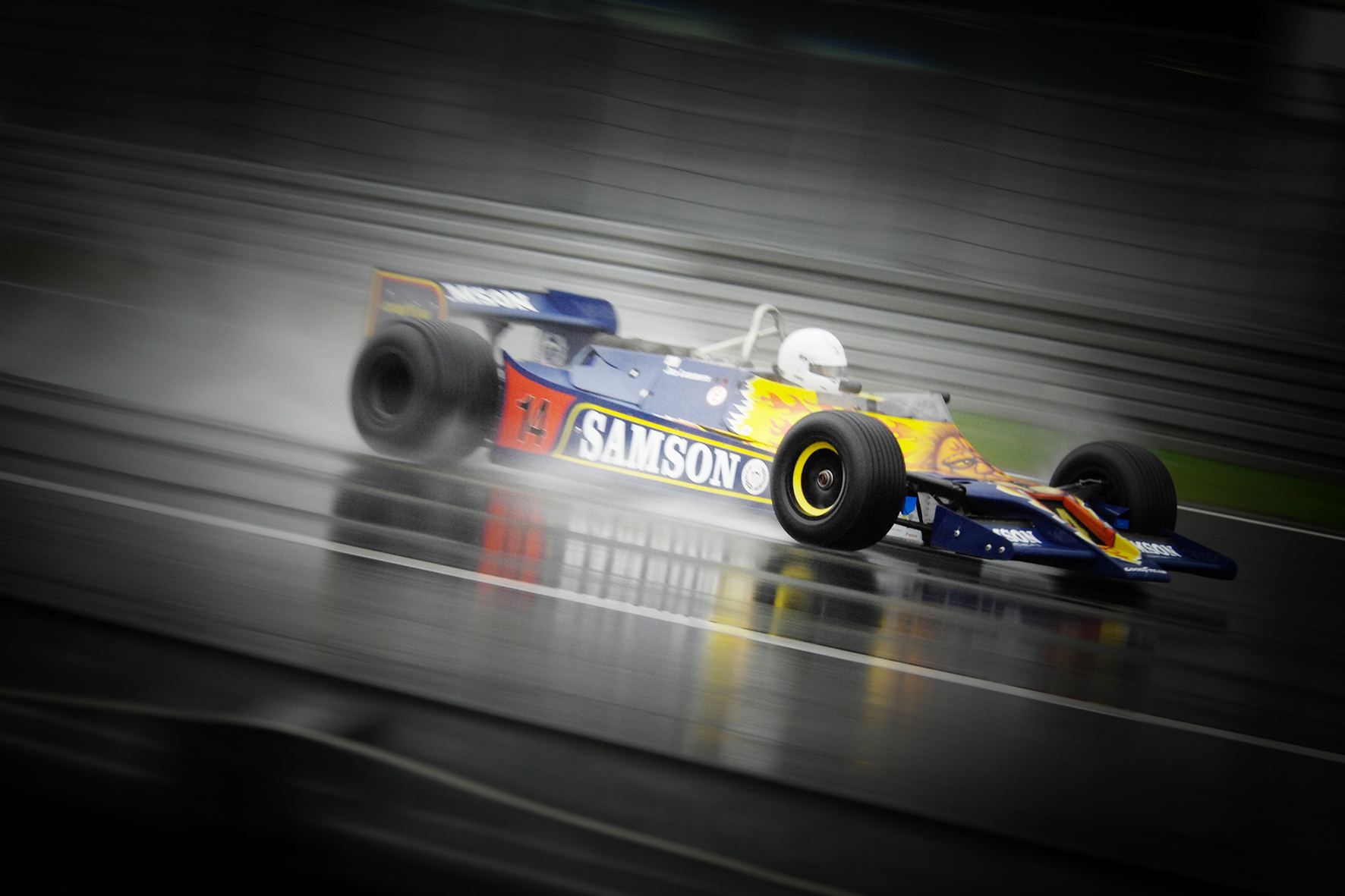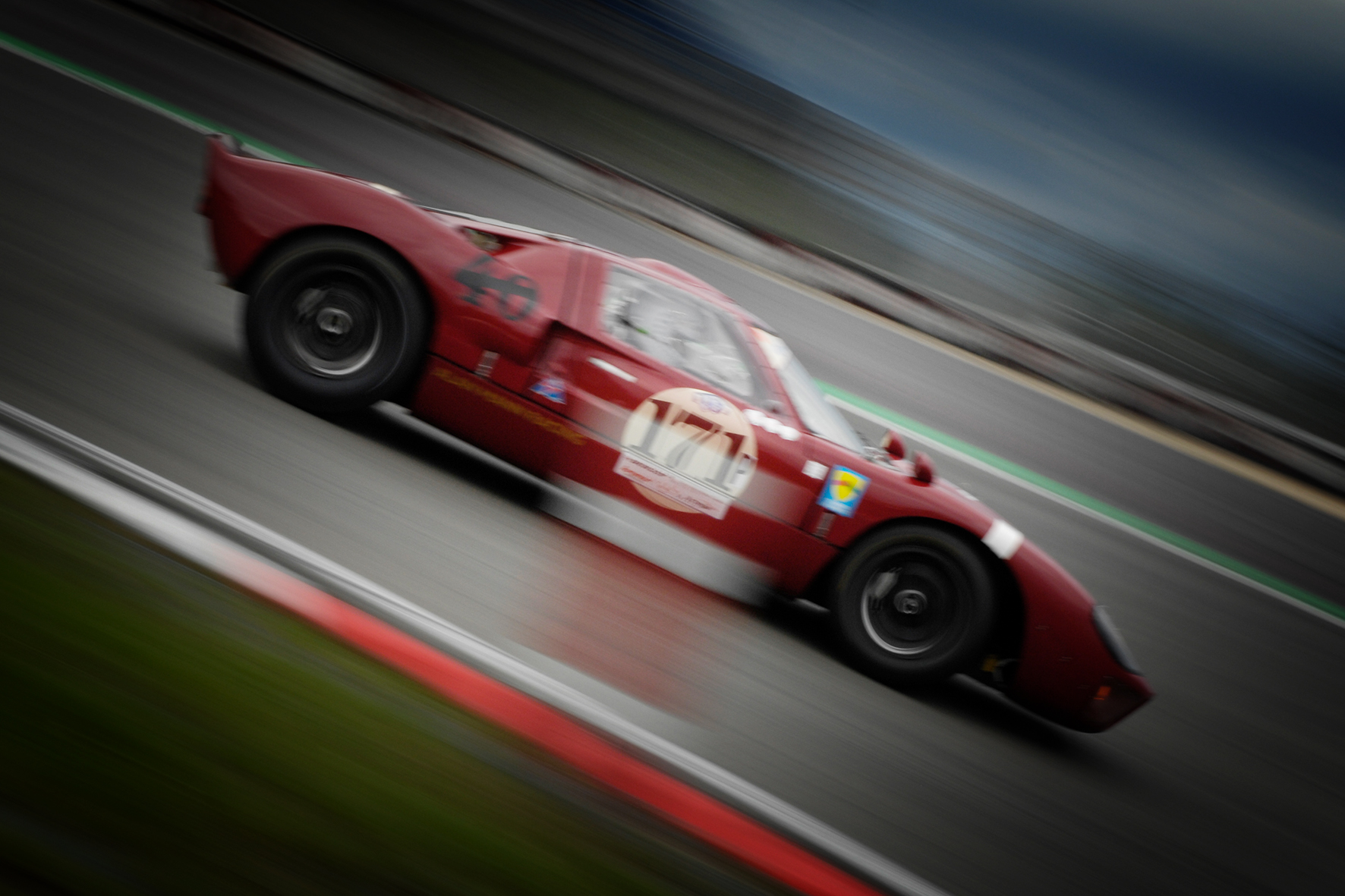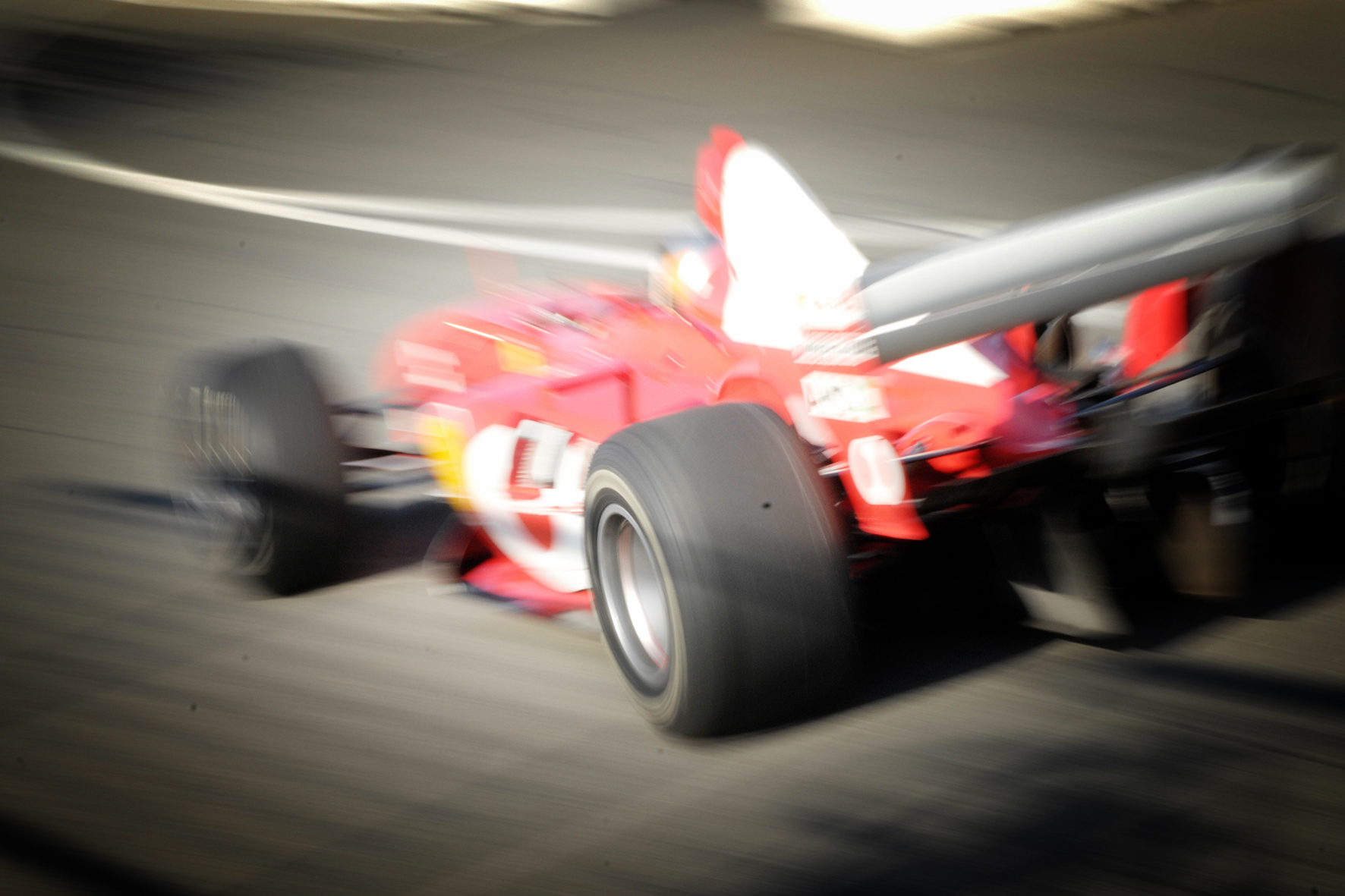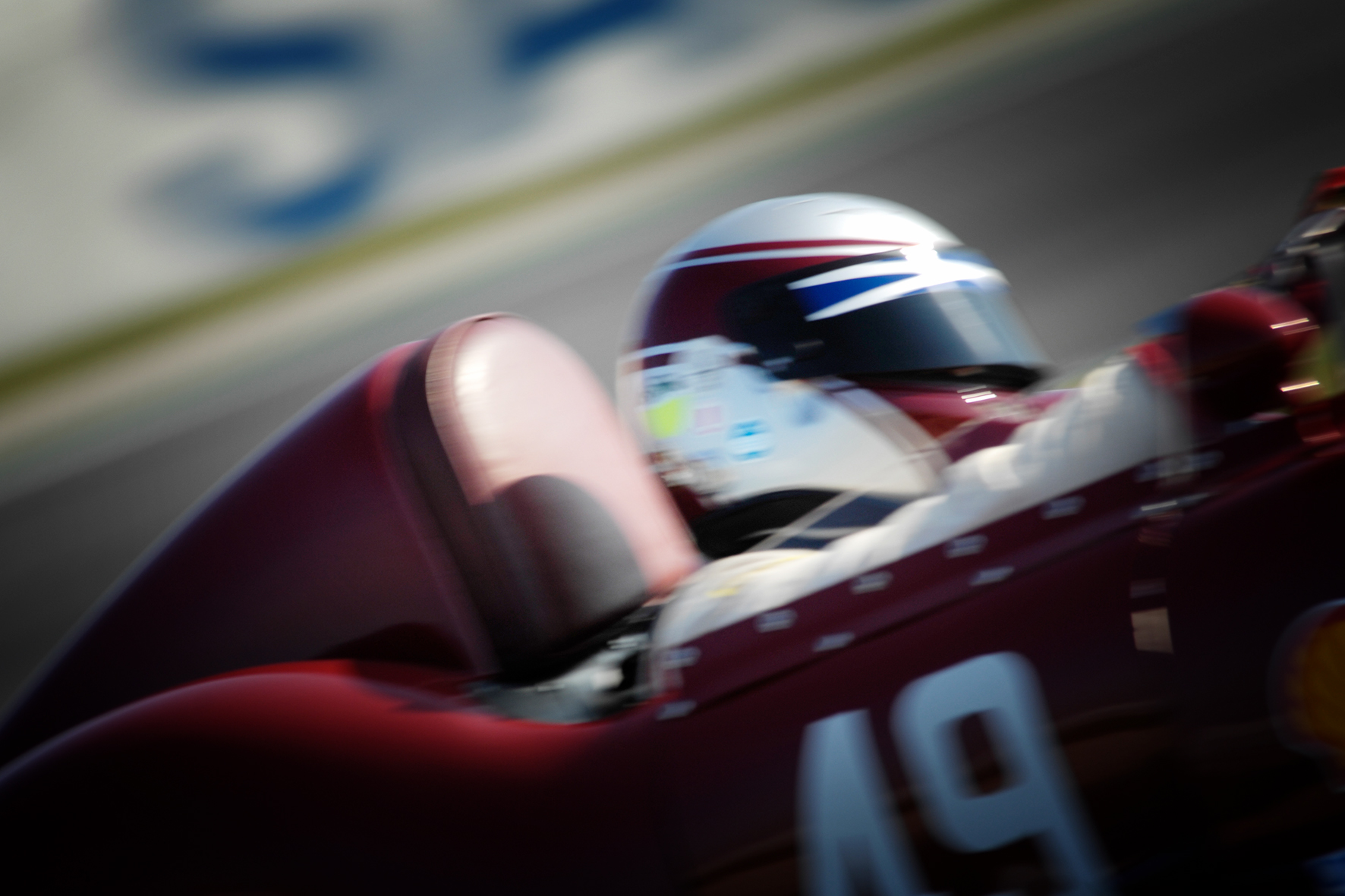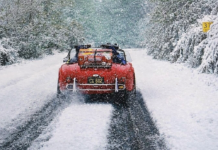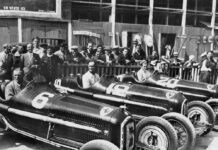Motorsport is dangerous, as every ticket to a car or motorbike race says. That was true in the past – and it is still true today in the age of carbon fibre chassis and halo bars over the driver.
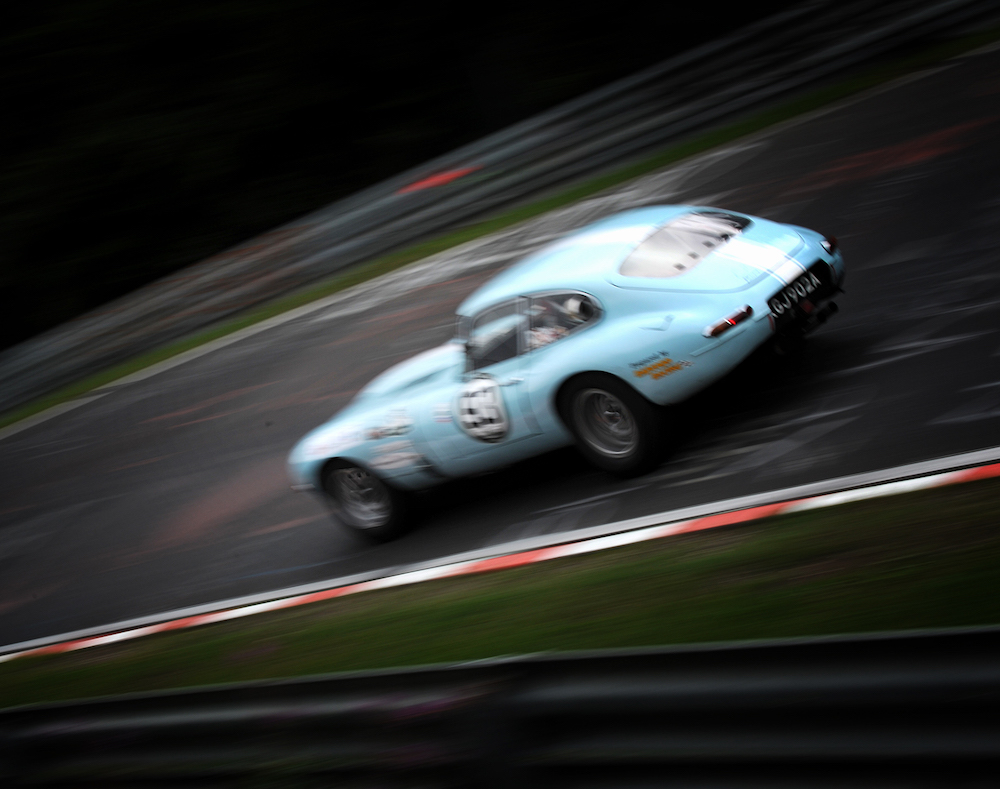
But above all, at least as far as passive safety is concerned, it applies to historic motorsport in general. There are Formula One racing cars where the pedals are in front of the front axle and the monocoques are riveted together from aluminium composite. Or with Grand Prix racing cars whose cockpit cut-outs are so deep that you almost fall out while standing. Of course, there are also the monopostos with a tubular frame and a wafer-thin metal shell in which the driver often sits between the fuel tanks.
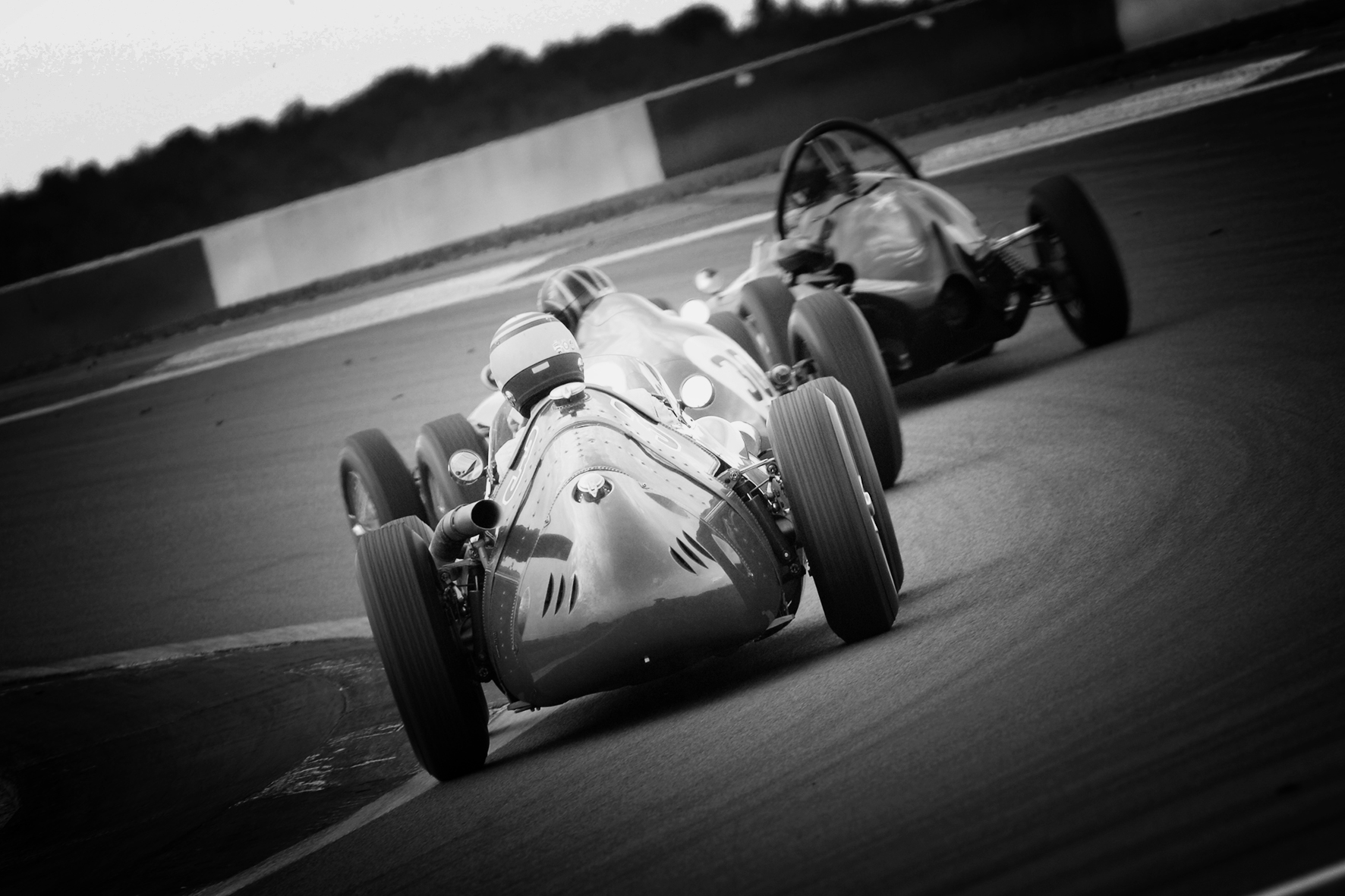
So what is the motivation and the seemingly irrepressible drive for men and women to expose themselves to this sometimes incalculable risk? Is it the desire and the fun of competing with others? Is it the desire for adventure? The pure joy of wanting to win? It’s probably a bit of everything.
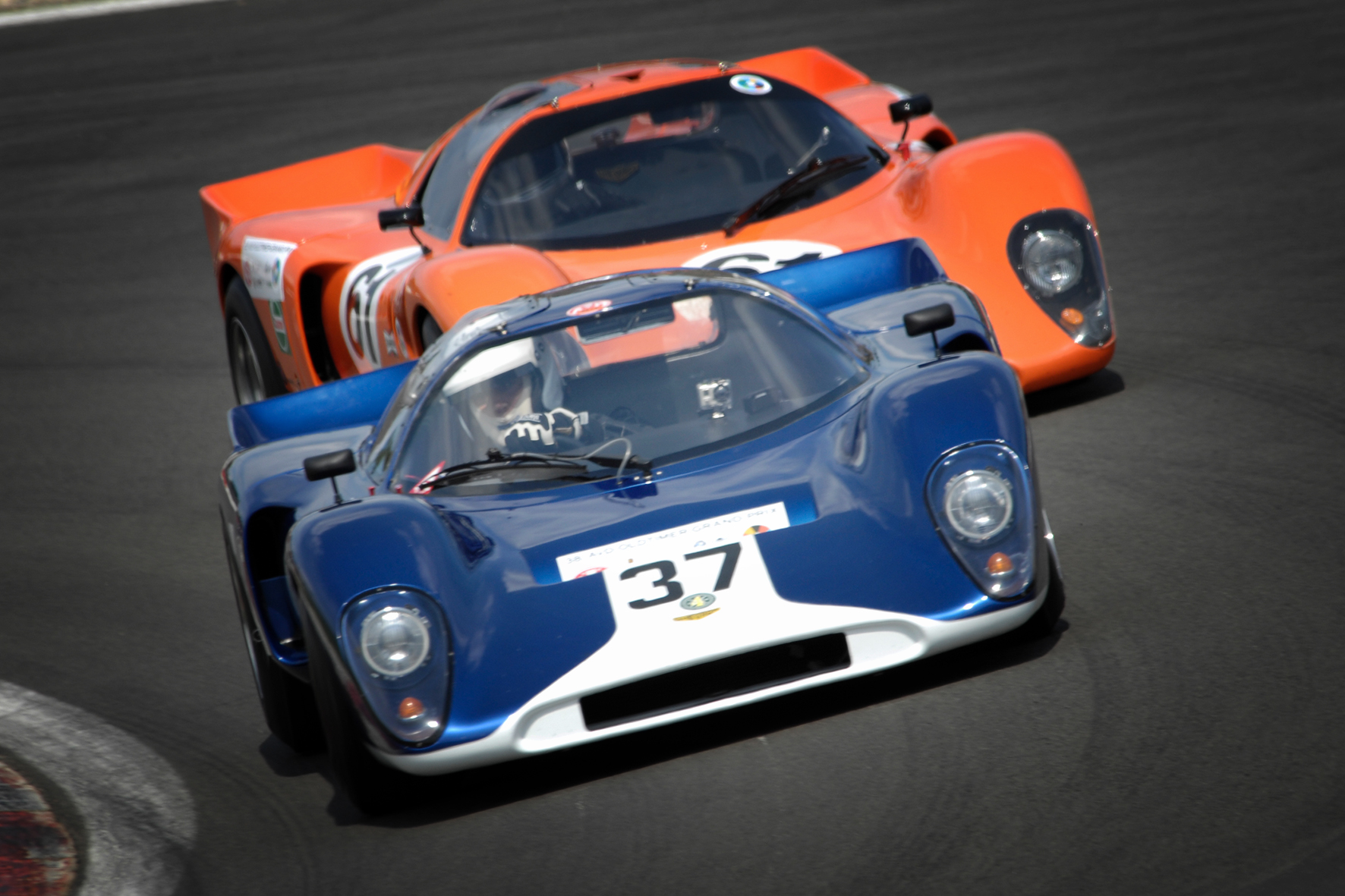
At the Nürburgring, I asked the wife of an Austrian Formula One driver if she wasn’t afraid for her husband. She replied that racing in Formula One would make him happy, and that would make her happy too.

Professional racing drivers often say that they are aware of the danger but are convinced that nothing will happen to them. This is also a form of denial. I’m sure the semi-professionals in races with historic racing cars feel the same way, although the battles there are often quite tough. There are also wheel-to-wheel duels at top speeds. But there is room for each other to ‘survive’, at least most of the time.
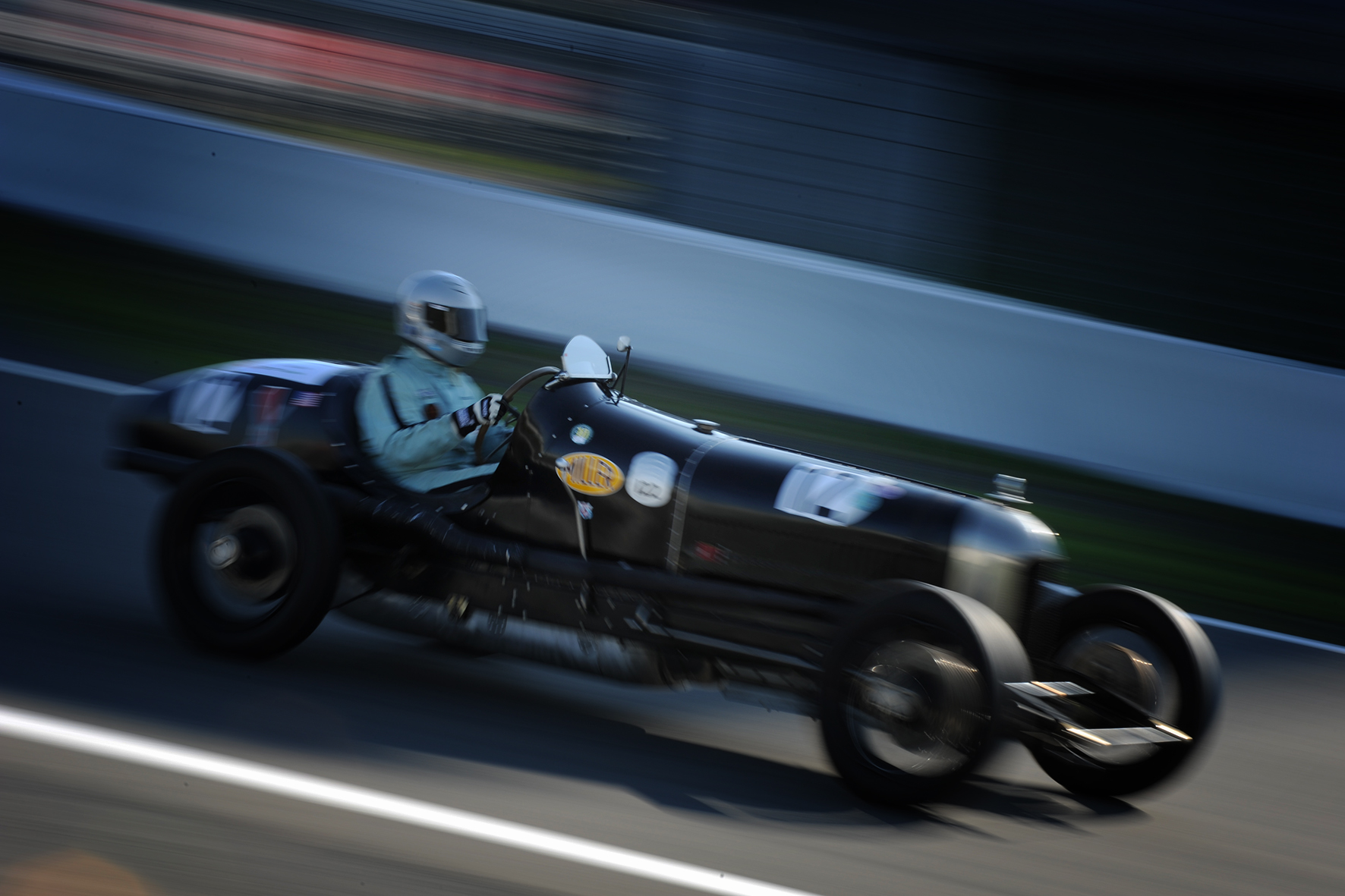
However, there is one aspect of the fascination with racing cars and racing that I have so far ignored. The thrill of speed, which most likely eclipses everything else. And I can totally understand that. I also like driving fast and it’s certainly more dangerous on motorways than with twenty to thirty like-minded people on a closed-off permanent racetrack.
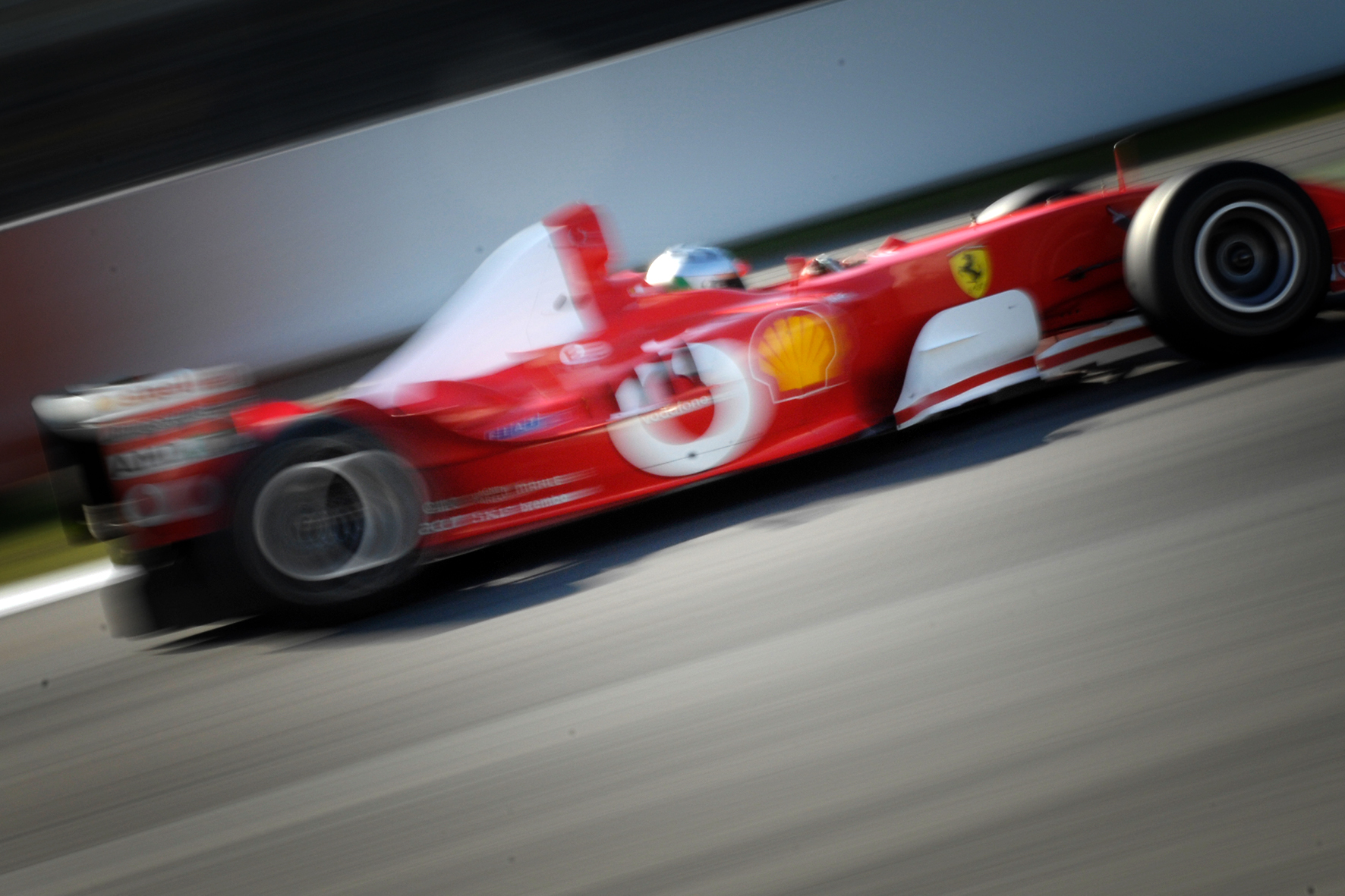
It’s certainly also the realisation of your own limits, whether in terms of talent or courage, which is always fascinating. Mastering the car and the technology, constantly pushing the limits – I believe that this is a large part of the fascination of historic motorsport.
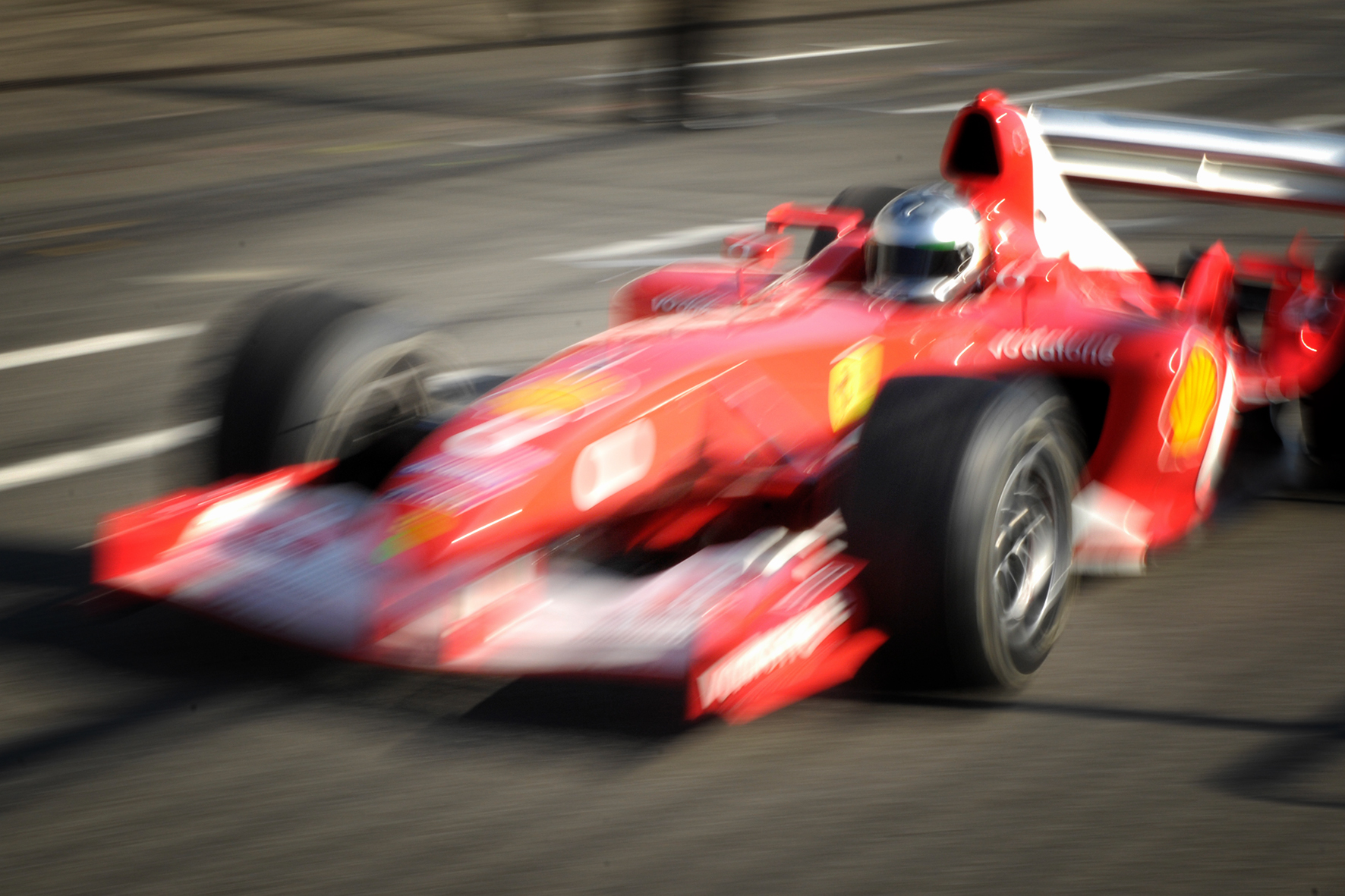
In fact, it is often very interesting to look at the race results and lap times lap by lap. There are drivers who are fast from the first lap and who are able to maintain this pace for the duration of the race. Then there are drivers who have quite big ‘swings’ in their lap times, which of course can have many reasons.
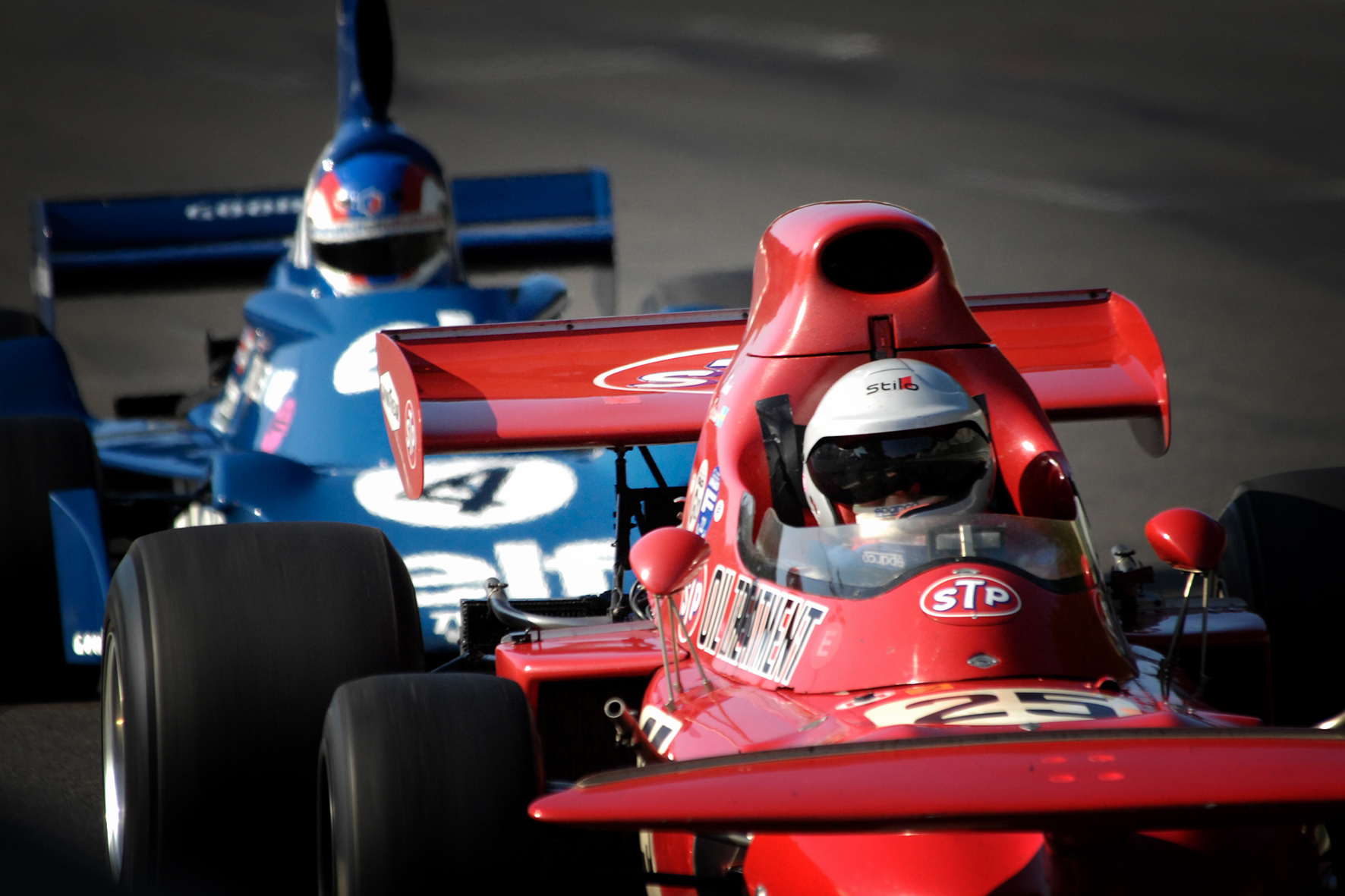
Thank goodness there are rarely serious accidents in historic motorsport. And when the technology does fail, it is very rarely due to broken suspensions or similar fatal circumstances. This may also be due to the fact that the vehicles are extremely well prepared for racing. The preparations in the pits are becoming more and more professional, I’ve been able to observe that for quite a while now, and nothing is left to chance. And that’s a good thing. Nothing stands in the way of the rush of speed. I always find it exciting to watch the pilots duel for seconds or metres and still maintain control at all times in the rush of speed. For me as a photographer, this results in such exciting motifs as you can see here.
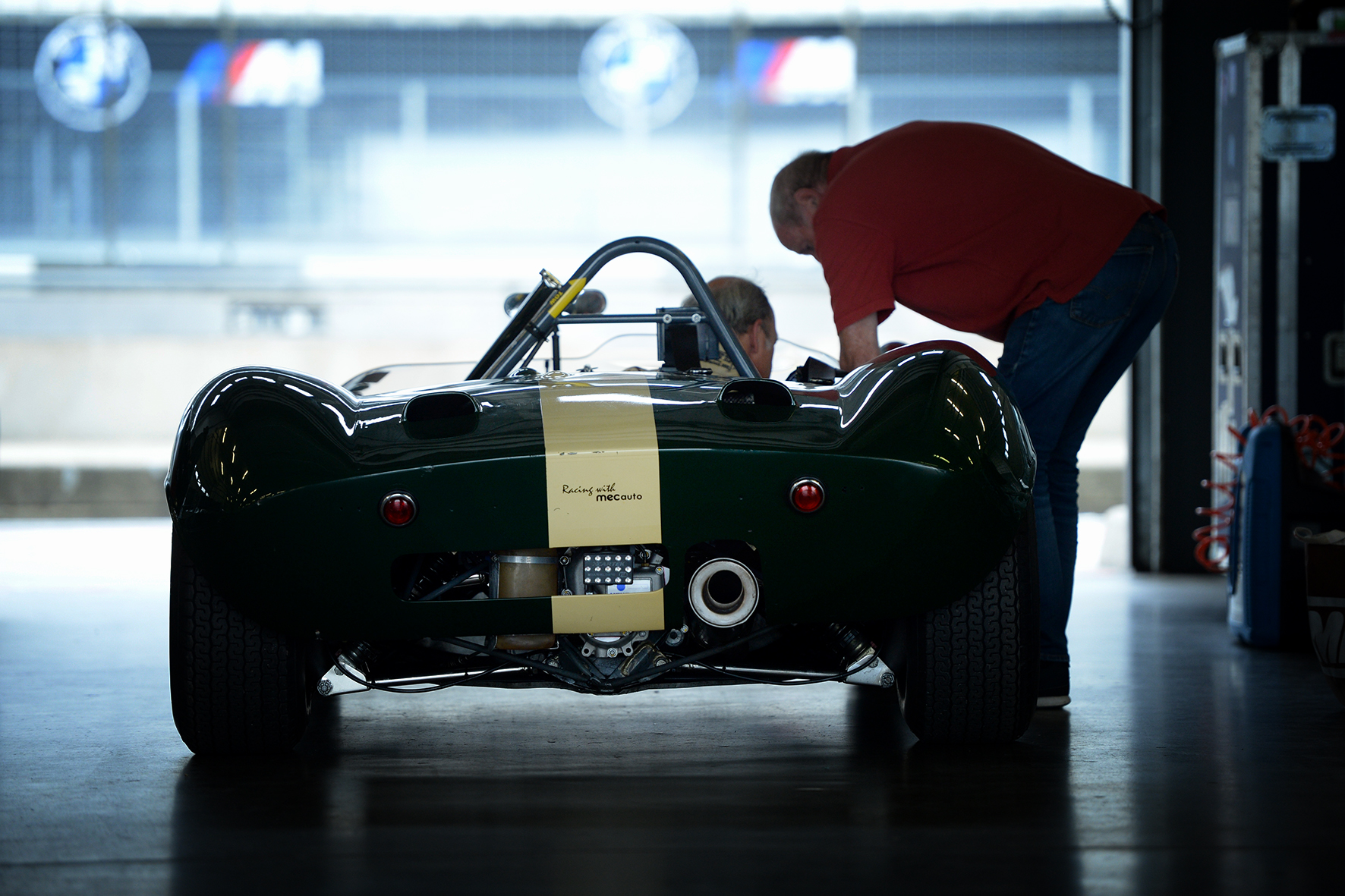
Capturing the thrill of speed with the camera is my passion and I am grateful that there are men and women who live their dream of racing and in a way share it with me. Find out more about our photographer Ralph Lüker.
